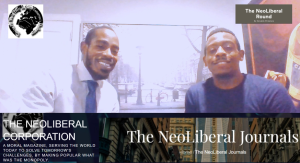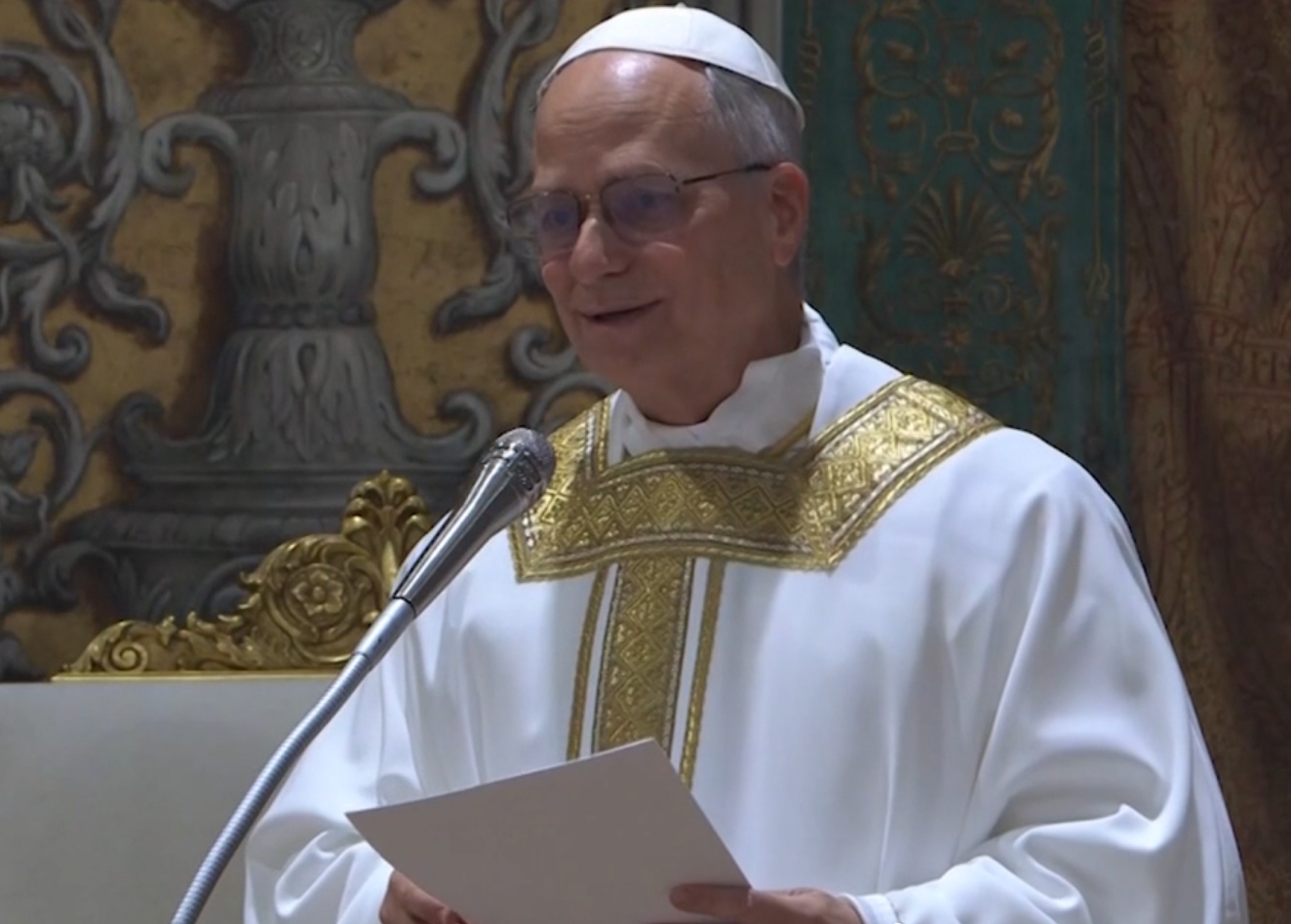Introduction
Pope Leo XIV assumed the papal throne in the wake of one of the most dynamic and debated pontificates in modern Catholic history—that of Pope Francis (2013–2025). As the first pope after Francis, Leo XIV’s leadership was scrutinized for signs of either continuity or rupture. However, Leo XIV managed to assert his own theological priorities while drawing deeply from the spirit and pastoral vision of his predecessor. His papacy is best understood as one that sought to reconcile tradition and reform, episcopal collegiality and Roman primacy, moral clarity and pastoral sensitivity.
Background and Formation
Born as Cardinal Giovanni Battista De Medici, Pope Leo XIV came from an academic background rooted in Thomistic theology and Canon Law. Educated at the Pontifical Gregorian University, he gained prominence for his writings on the theology of synodality and ecclesiology in an age of pluralism. As Archbishop of Milan, he became known for his careful implementation of Amoris Laetitia and his efforts to balance doctrinal integrity with pastoral care.
De Medici’s episcopal motto, Veritas in Caritate (“Truth in Charity”), encapsulated his theological orientation: a firm adherence to Catholic truth, softened but not diluted by merciful accompaniment. He served as a consultor for the Congregation for the Doctrine of the Faith and later became Prefect of the Dicastery for Bishops, roles in which he shaped a generation of episcopal appointments aligned with Vatican II principles.
Election to the Papacy
Pope Leo XIV was elected on March 18, 2025, following the death of Pope Francis earlier that year. The conclave, which convened under intense global scrutiny, reflected a Church at a crossroads. Progressive and traditional factions within the College of Cardinals were deeply divided over the direction the Church should take after the transformative pontificate of Francis.
Cardinal Giovanni Battista De Medici—then Prefect of the Dicastery for Bishops—emerged as a consensus candidate after three days of deliberation and four ballots. Though known for his theological conservatism, his pastoral sensitivity and administrative acumen made him an ideal bridge between the diverging currents within the Church.
Upon his election, he chose the name Leo XIV, explicitly invoking the legacy of both Leo I (“the Great”) and Leo XIII, symbolizing his intent to combine doctrinal strength with a renewed social mission.
A Theological Dialogue with Pope Francis
In his first homily as pontiff, Leo XIV made explicit reference to Pope Francis, calling him “a shepherd who opened windows to the Spirit and taught us to listen again.” In private writings later released with his permission, Leo XIV recounted a deeply moving final conversation with Pope Francis shortly before the latter’s death:
“He told me, ‘Giovanni, the Church needs both tenderness and clarity. I have tried to bring the Gospel to the margins; you must now anchor it deeper within the heart of the Church.’”
This theological handoff—more pastoral than juridical—became the interpretive key to Leo XIV’s papacy. Unlike his predecessors who sought to either continue or reverse course, Leo described his relationship with Francis as “concentric,” building inwardly upon the circular ripples Francis had set in motion.
Institutional and Doctrinal Reforms
Leo XIV’s first major initiative was the Constitutio de Veritate et Pastorali, a new apostolic constitution that revised elements of Praedicate Evangelium. He retained the missionary focus of the Roman Curia but re-emphasized the role of doctrinal coherence. This was followed by:
- The Synodal Charter (2027): Codified norms for episcopal synods, establishing regular continental synods that fed into the Roman Synod, preserving Francis’s synodal impulse but tightening its theological parameters.
- The Liturgical Integrity Reform (2028): Sought to bridge tensions over the Traditional Latin Mass by emphasizing a “hermeneutic of unity.” Bishops were given discretion, but only within a framework that stressed ecclesial communion and avoided factionalism.
- Moral Clarity Initiative: A set of doctrinal clarifications on issues such as gender, sexuality, and bioethics, framed not as condemnations but as “accompaniment through truth.” His 2029 encyclical Lux in Medio Tenebrarum reaffirmed natural law foundations while calling for “a revolution of sanctity in a secular age.”
Diplomacy and Global Voice
Leo XIV’s diplomatic style differed markedly from Francis’s people-centered global outreach. Though less charismatic, Leo cultivated strong ties with Eastern Orthodoxy, even hosting Patriarch Kirill II in a historic joint liturgy in 2030. He re-opened full diplomatic dialogue with Beijing and reached a new concordat with African Union bishops, pledging financial transparency and decentralized governance for African dioceses.
In the context of rising authoritarianism and climate catastrophe, Leo XIV’s speeches at the United Nations and COP meetings emphasized “Catholic realism,” advocating for pragmatic cooperation grounded in Christian anthropology.
Relationship with the Laity and Women
Leo XIV surprised many observers by establishing the Dicastery for the Vocation of the Baptized, emphasizing the primacy of baptismal dignity over clerical state. While he stopped short of approving female deacons, he created lay “pastoral ministers” with liturgical and catechetical mandates.
In a 2031 address to a global women’s congress at Castel Gandolfo, Leo stated:
“The future of the Church will be maternal or it will not be at all.”
Though criticized for not going far enough, this phrase became emblematic of his attempt to reconcile Marian theology with feminist concerns.
Death and Legacy
Pope Leo XIV died unexpectedly in 2033 after a brief illness, having reigned for eight years. His funeral drew global attendance, with both conservative and progressive leaders praising his balance, discipline, and humility. His personal journals, published posthumously, reveal a man torn between the weight of tradition and the winds of change.
He is remembered as:
- A pastor-theologian, like Benedict XVI
- A systematic consolidator, akin to Pius XII
- A listener, in the mold of Francis
His final written words, found in the margin of his prayer book, were: “Lord, make me a servant of your truth, even when it wounds.”
Conclusion
Pope Leo XIV’s pontificate represents one of the most complex theological and institutional responses to the legacy of Pope Francis. Far from being a reactionary or a progressive, Leo embodied the Church’s deeper rhythm of ressourcement—a return to the sources in order to move forward. His papacy reminds scholars and believers alike that reform is not always rupture, and continuity is not always stagnation. The Church under Leo XIV became not simply a Church that listens, but one that discerns with rigor, prays with depth, and speaks with clarity.
References
- Acta Apostolicae Sedis, vols. 2025–2033.
- Vatican Secretariat of State, Collected Discourses of Pope Leo XIV, ed. Maria di Genova.
- O’Connell, Gerard. The Francis Legacy and Its Successors. Loyola Press, 2034.
- Spadaro, Antonio. “From Francis to Leo: Theological Continuity in Transition.” La Civiltà Cattolica, 2031.
- Theological Commission of the Roman Synod. Lex et Caritas: Documents of the 2030 Global Synod.

By: Donte Nelson


